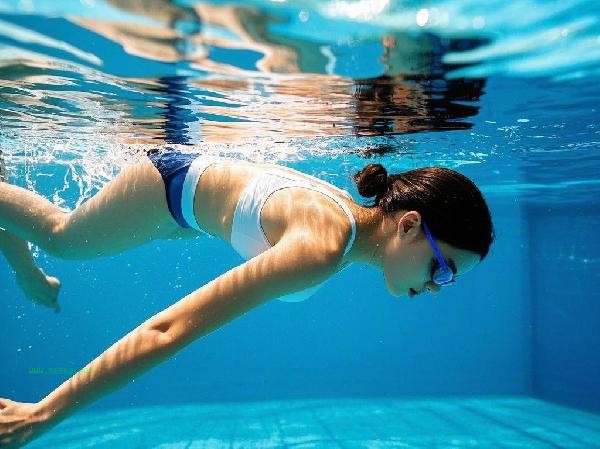The swimming pool circulating water system can filter and disinfect water quality, but it still requires regular replacement of some water bodies. The circulating water system mainly maintains clean water quality through physical filtration and chemical disinfection, but cannot completely remove dissolved pollutants and accumulated chemicals. The

circulating water system removes suspended particles through equipment such as sand tank filtration and hair collectors, and is disinfected with chlorine agents or ozone to kill microorganisms. In daily operation, the pool water will consume some water due to evaporation and backwashing, and new water needs to be replenished to maintain stable water level. The sweat, sebum, cosmetics and other organic substances brought in by swimmers will gradually accumulate, leading to excessive levels of chlorine compounds or an increase in total dissolved solids concentration, which may cause skin irritation or turbid water quality. Most public swimming pools maintain water balance by replenishing approximately 5% to 10% of the water daily.

Under special circumstances, such as pool water pollution after rainstorm, disinfection system failure or unqualified water quality detection, it is necessary to completely replace all pool water. Infant and toddler swimming pools or hot spring pools have a higher risk of water pollution, and the frequency of water changes is usually higher than that of standard swimming pools. Some old circulation systems may have blind spots in filtration, and after long-term operation, the bottom of the pool may accumulate dirt that is difficult to remove. At this time, it is also necessary to empty and clean.

It is recommended that swimmers simply judge the water quality by observing the clarity of the water, smelling the chlorine odor for a strong smell, and checking if there are visible drainage outlets at the bottom of the pool. Public swimming pools should publicize daily water quality testing data, including residual chlorine value, pH value, turbidity and other indicators. A well maintained circulating water system, combined with regular partial water changes, can effectively ensure swimming health and safety.






Comments (0)
Leave a Comment
No comments yet
Be the first to share your thoughts!